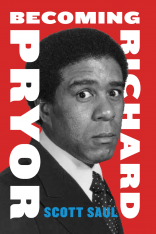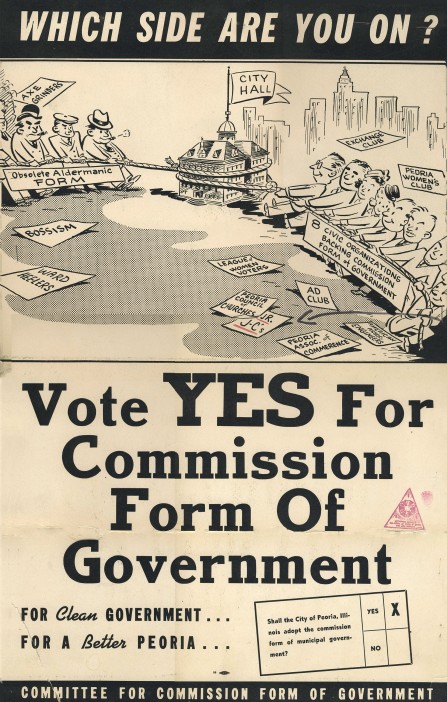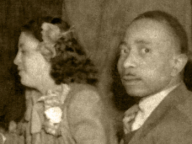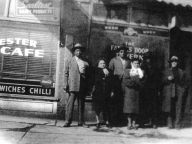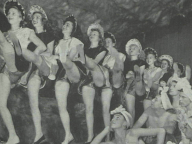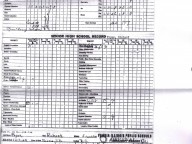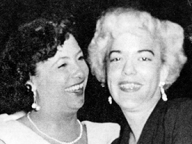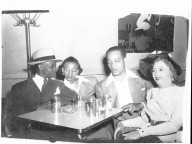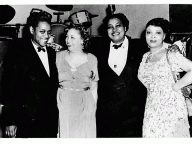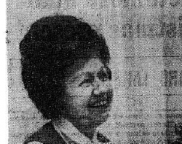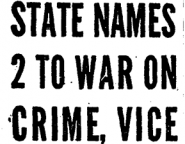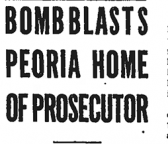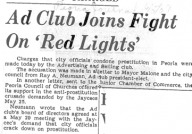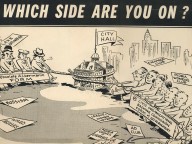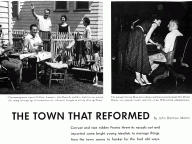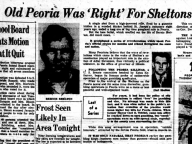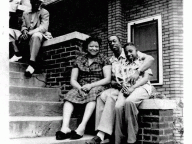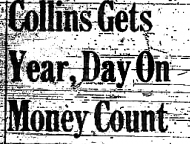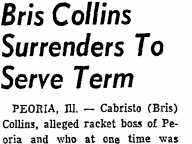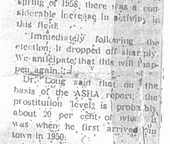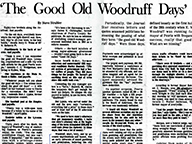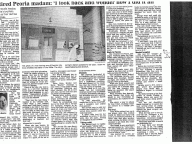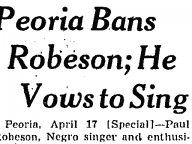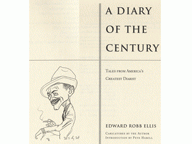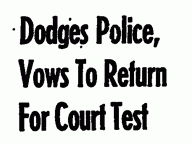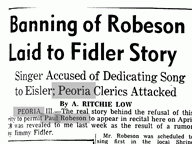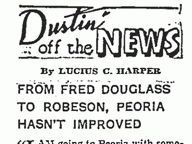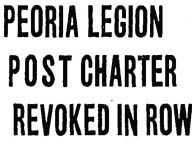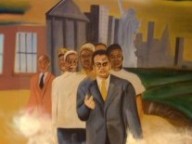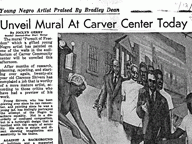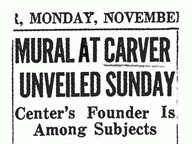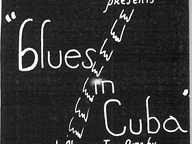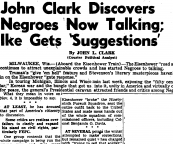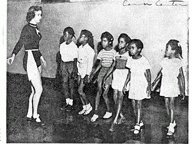“Which Side Are You On?” is the title of a well-known protest song, from the 1930s, that sprang out of the struggle of Appalachian mine workers for union recognition. “Don’t scab for the bosses/Don’t listen to their lies,” ran the lyrics. “Us poor folks haven’t got a chance/Unless we organize.”
This Peoria political poster took that radical working-class slogan and repurposed it, applying it to the issue of whether Peorian voters, on a city ballot in January 1952, would vote to hold onto an older aldermanic system of representation or to create a new city-manager position aimed to ‘professionalize’ the running of city government.
The cartoon asked its viewers: did they wish to side with the “axe grinders,” the cigar-chomping partisan hacks who represented the “bossism” of the old political system, or did they wish to join the respectable “civic organizations,” like the League of Women Voters and the Peoria Association of Commerce, who were pulling for the “clean government” offered by the new one?
The answer was clear: the right vote was the one for a “commission form of government.”
We can observe, in this poster, how the political language of the 1930s lived on with new accents in the 1950s. In this instance, the social-movement slogan “Which side are you on?” was reframed for an audience that was asked to identify with a new, clean-cut middle class and to distance itself from an older political order, here deemed “obsolete.” In this new version of “Which Side Are You On?”, it was the older aldermanic system that was tarred with the label of “boss.”
